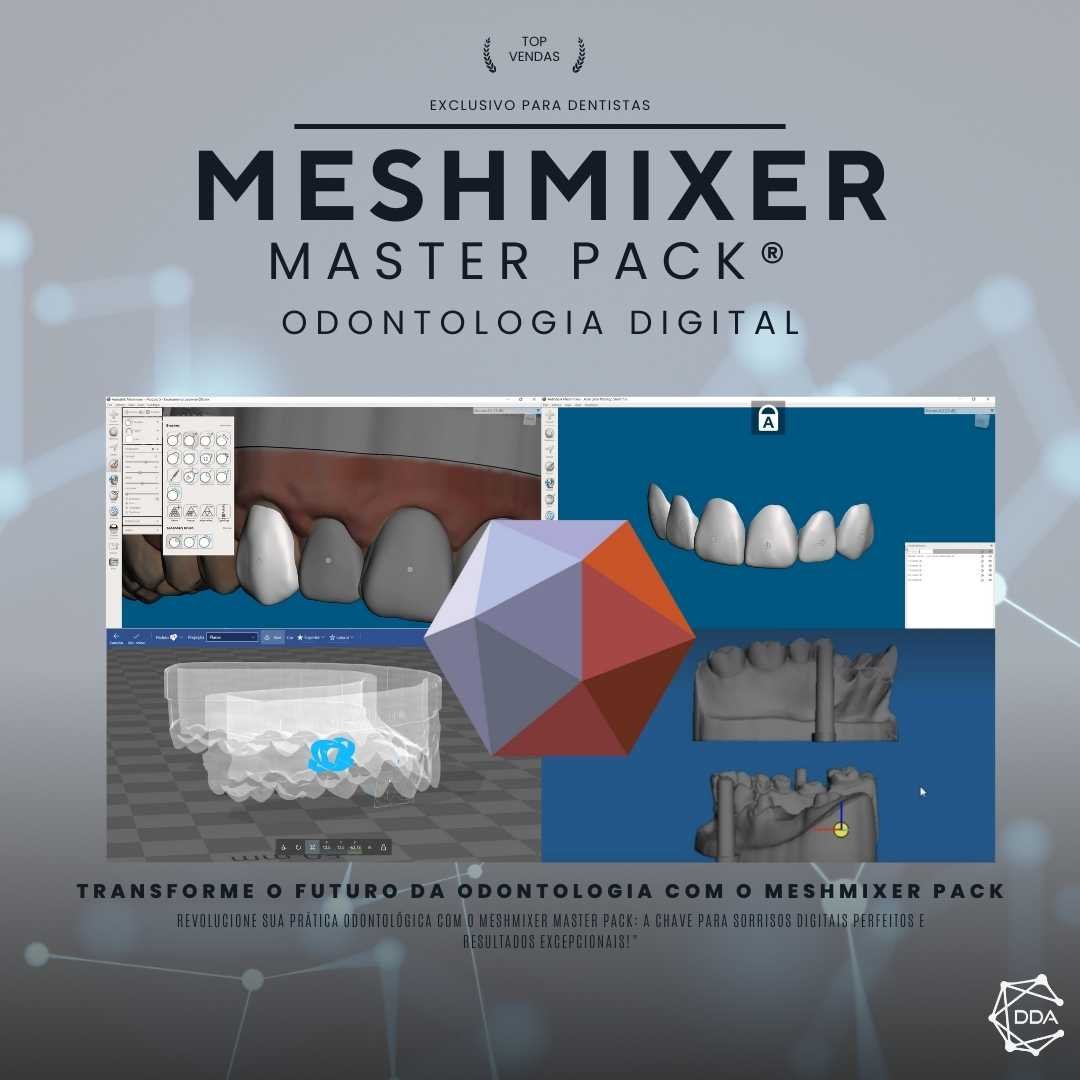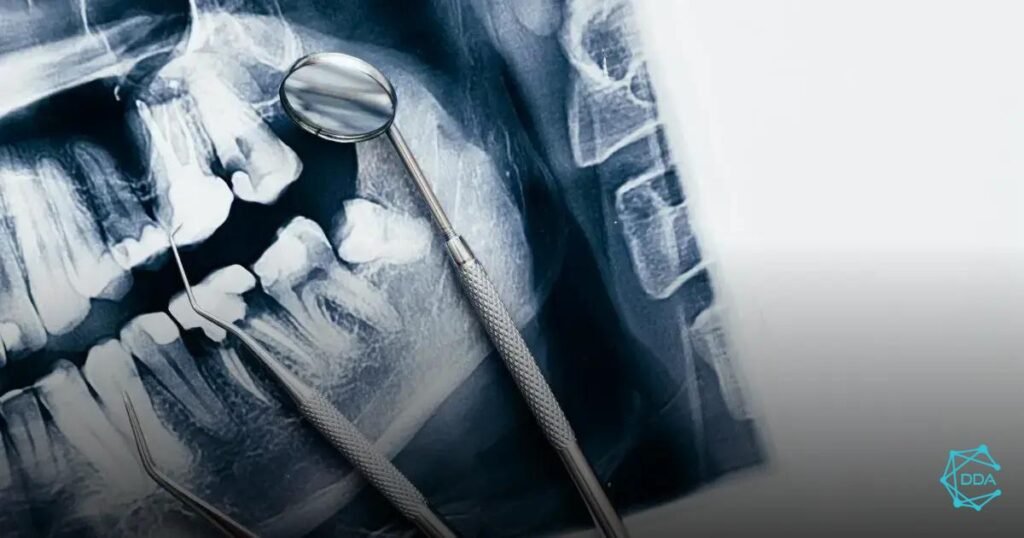To the intraoral scanner tools are changing the way dentists diagnose and treat patients. With the ability to capture accurate digital images of a patient’s mouth, these devices offer significant advantages to both practitioners and patients. In this article, we’ll explore the main tools available on the market and how they can transform dental practice.
What are intraoral scanners?
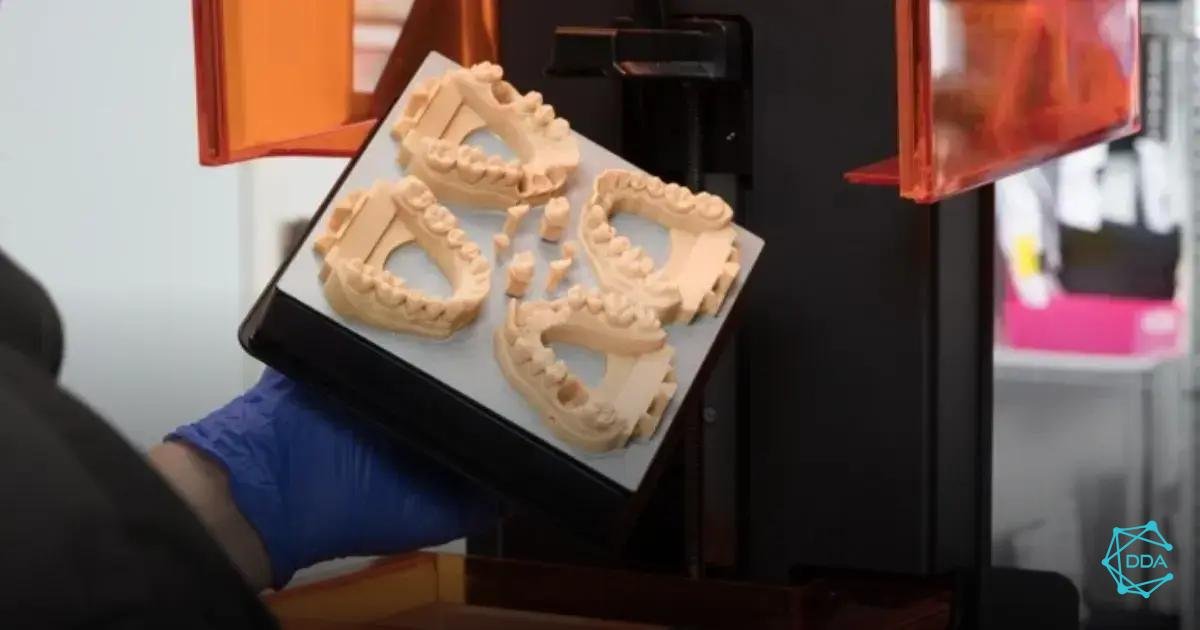

You intraoral scanners are digital devices used in dentistry to capture 3D images of the oral cavity. These devices allow dentists to obtain an accurate representation of the dental anatomy and surrounding structures, eliminating the need for traditional plaster molds.
These scanners work by emitting light and capturing images, creating a digital model that can be viewed in real time. This provides a more comfortable experience for the patient, as it avoids the use of impression materials that can be unpleasant.
In addition, intraoral scanners are extremely useful in a variety of applications, such as treatment planning, prosthesis manufacturing, and orthodontic aligners. With the advancement of technology, these devices have become increasingly accurate and faster, making the work of dental professionals easier.
In summary, intraoral scanners represent a significant innovation in dental practice, providing greater precision, comfort and efficiency in patient care.
Benefits of intraoral scanners


You benefits of intraoral scanners are numerous and impact both dental practice and the patient experience. First, these devices offer a greater accuracy in image capture, resulting in detailed digital models that aid in treatment planning. This reduces the margin of error and improves the quality of care.
Another important benefit is the convenience and comfort for patients. By eliminating the need for traditional impressions, which can be uncomfortable and time-consuming, intraoral scanners provide a more pleasant experience, making the visit to the dentist less stressful.
Additionally, intraoral scanners allow for a faster service. Dentists can capture images in a matter of minutes, saving time for both the practitioner and the patient. This results in a more efficient workflow and less time in the dentist’s chair.
These devices also facilitate the communication between dentists and patients. With 3D digital models, professionals can better explain diagnoses and treatments, helping patients understand their conditions and make informed decisions.
Finally, intraoral scanners are a valuable tool for technological innovation in dentistry, allowing integration with advanced treatment and planning software, further increasing the efficiency and accuracy of procedures.
How to choose the ideal intraoral scanner
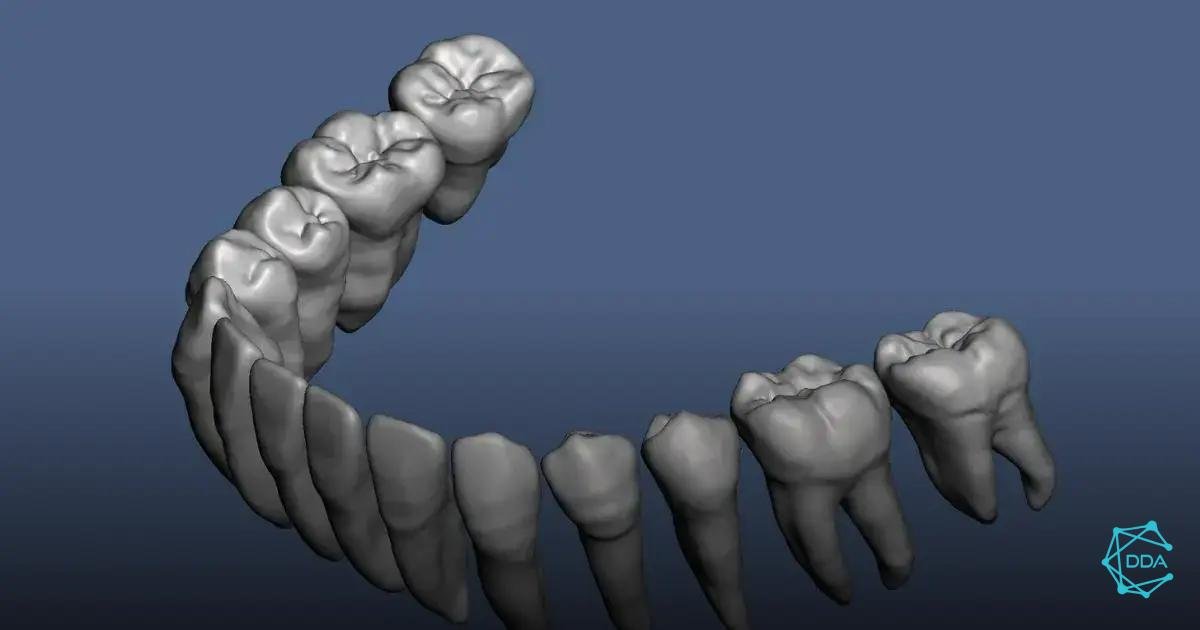

Choose the ideal intraoral scanner can be a challenge, given the variety of options available on the market. To make an informed decision, it is important to consider some essential factors that can impact your dental practice.
First, evaluate the device accuracy. High-resolution models offer more detailed images, allowing for more accurate diagnoses and effective treatments. Research the image quality and technology used to ensure the scanner meets your needs.
Another aspect to consider is the ease of use. A scanner that is intuitive and easy to use can reduce training time and increase service efficiency. Make sure the device has a user-friendly interface and that the dentists on your team feel comfortable using it.
A portability is also an important factor. If your clinic has limited space, consider a more compact and lightweight model. In addition, the scanner’s connectivity with other equipment and management systems is essential. A device that integrates easily into your workflow can optimize patient care and management.
Finally, take into account the technical support and warranty offered by the manufacturer. Good support can be crucial in case of technical issues, ensuring that you do not experience interruptions in your practice. Evaluate the options available and choose a supplier that offers quality service.
In short, when choosing the ideal intraoral scanner, consider accuracy, ease of use, portability, connectivity, and technical support to ensure you make the best choice for your practice and your patients.
Comparison between different models
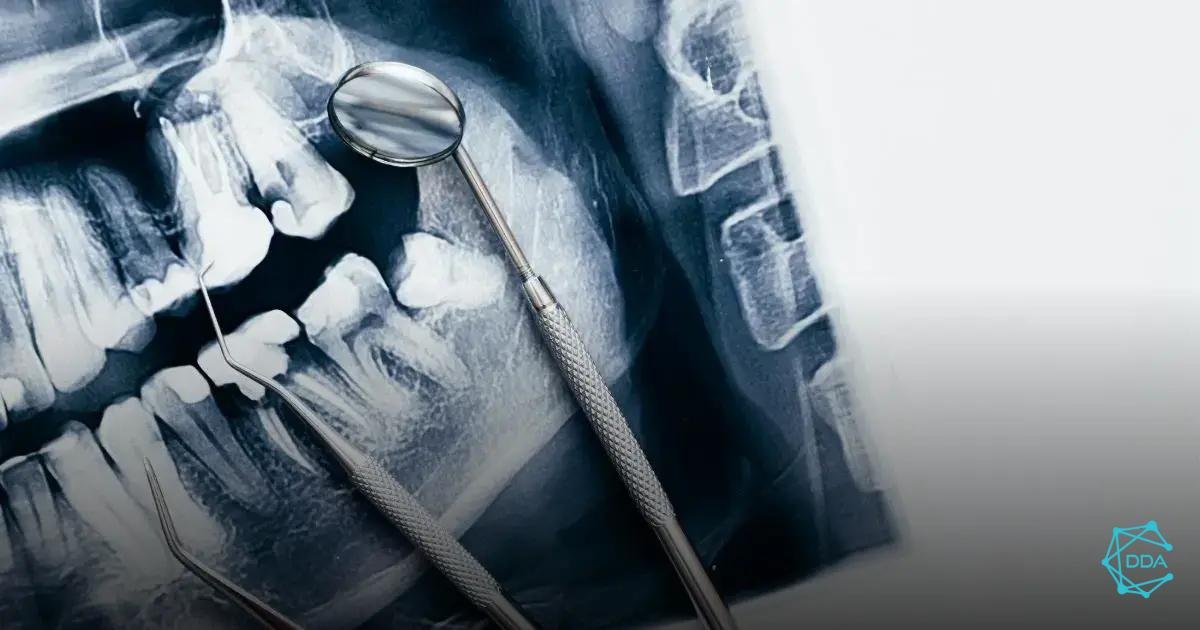

A comparison between different models of intraoral scanners It is essential to understand which device best meets the needs of your dental practice. There are several brands and models available, each with its own distinct features and functionalities.
One of the most popular models is the Scanner A, which stands out for its high precision and speed in capturing images. It is ideal for clinics that perform a large volume of procedures, as it allows dentists to obtain fast results without compromising quality.
On the other hand, the Scanner B is known for its portability and compact design, making it an excellent option for clinics with limited space. Although its accuracy is slightly lower than Scanner A, it still provides satisfactory results for most dental procedures.
Another model to consider is the C-Scanner, which has a user friendly interface and advanced integration features with management software. This model is ideal for dentists who want a complete and efficient solution, facilitating communication with patients and treatment management.
Furthermore, the Scanner D stands out for its cost-benefit. Although it does not have all the features of the more expensive models, it still offers good image quality and is a viable option for clinics that are just starting out or that have a tighter budget.
When comparing these models, it is important to consider aspects such as guarantee, the technical support and the ease of maintenance. Each clinic may have specific needs, and the choice of intraoral scanner should be based on a careful analysis of the features and benefits of each model.
Future of intraoral scanners in dentistry
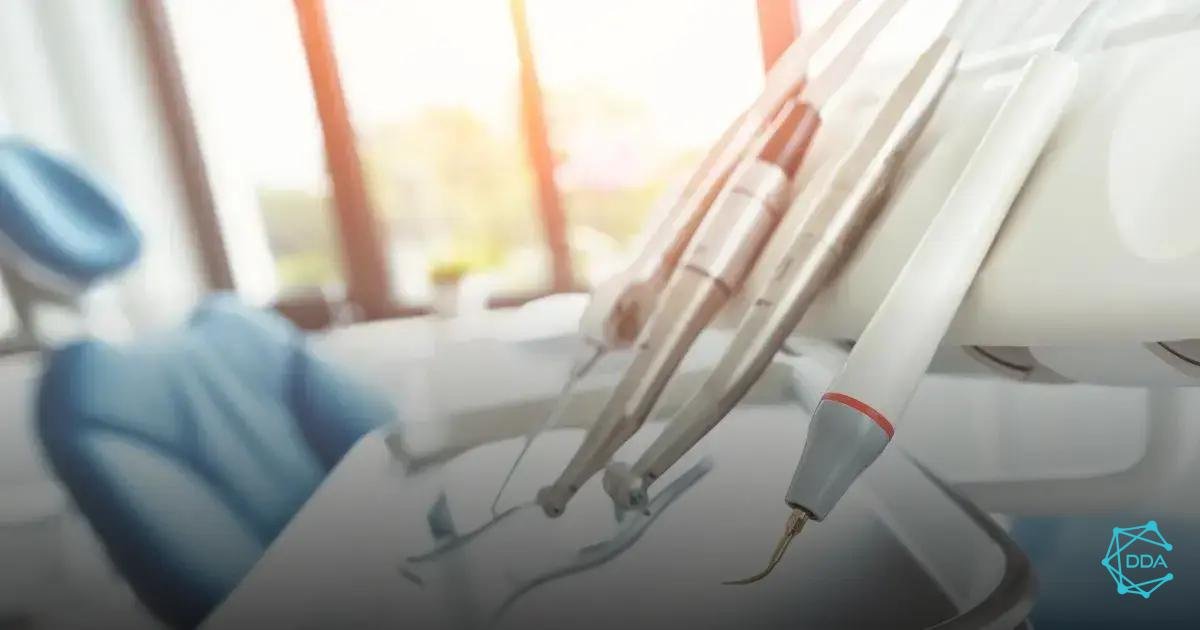

O future of intraoral scanners in dentistry promises to be even more innovative and impactful as technology continues to advance. With the growing demand for faster and more accurate treatments, intraoral scanners are becoming an essential tool for dentists and oral health professionals.
One of the main trends is the integration with artificial intelligence. This technology can improve the analysis of captured images, offering more accurate diagnoses and personalized treatment recommendations. This not only improves the efficiency of procedures, but also increases patient satisfaction.
Furthermore, the augmented reality and the virtual reality are beginning to be incorporated into intraoral scanners. These technologies can provide 3D simulations of planned interventions, allowing patients to visualize the results even before treatment. This can increase patient confidence and facilitate decision-making.
A cloud connectivity is also becoming increasingly common. With the ability to store and share data securely in the cloud, dentists can access patient information from anywhere, facilitating collaboration between professionals and improving continuity of care.
Finally, as technology advances, it is expected that intraoral scanner costs decrease, making them more affordable for clinics of all sizes. This could lead to wider adoption of these devices, democratizing access to high-quality treatments for more patients.
In summary, the future of intraoral scanners in dentistry is bright, with innovations aimed at improving efficiency, accuracy and patient experience. As these technologies evolve, they are likely to transform the practice of dentistry as we know it today.



